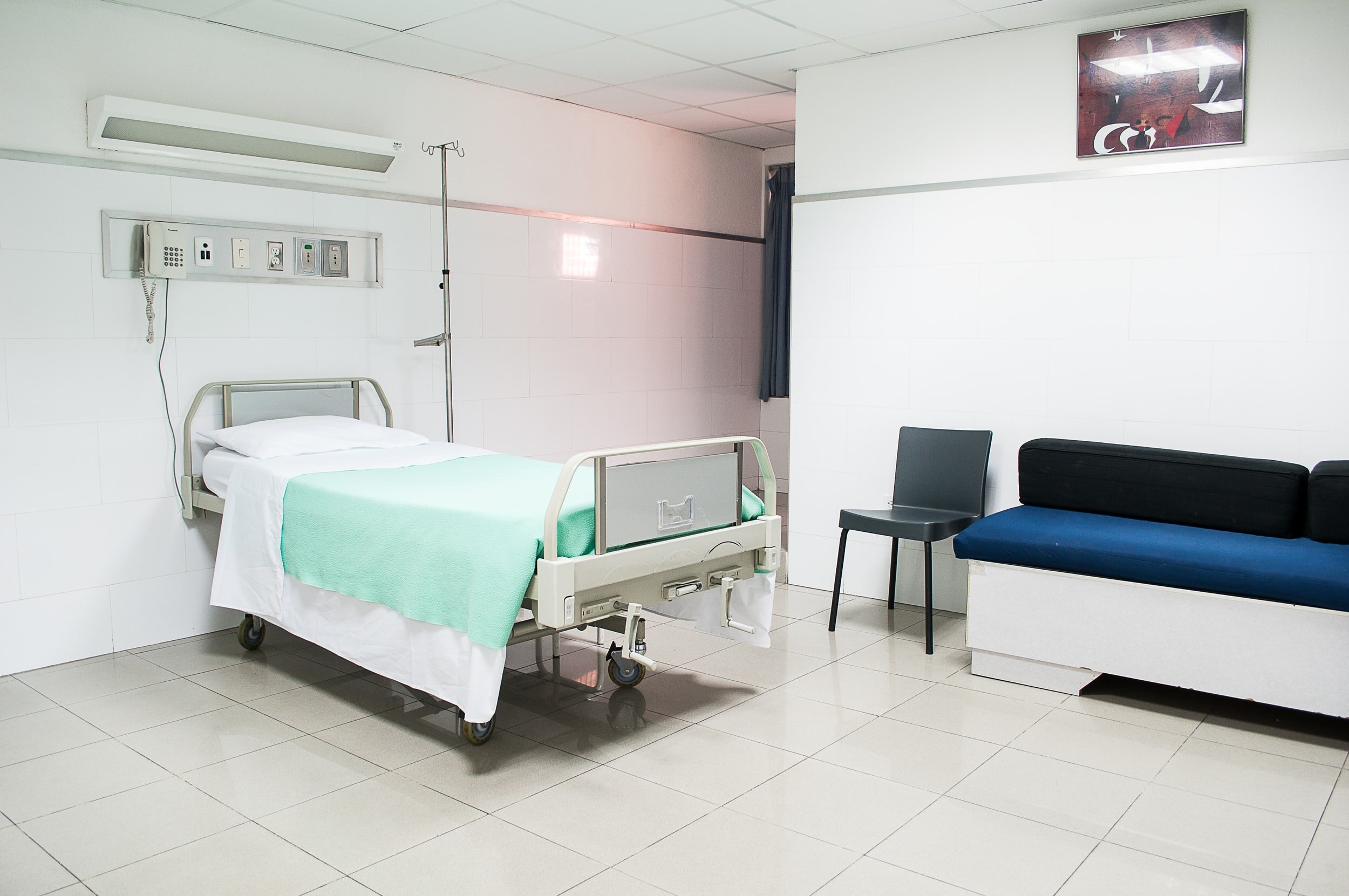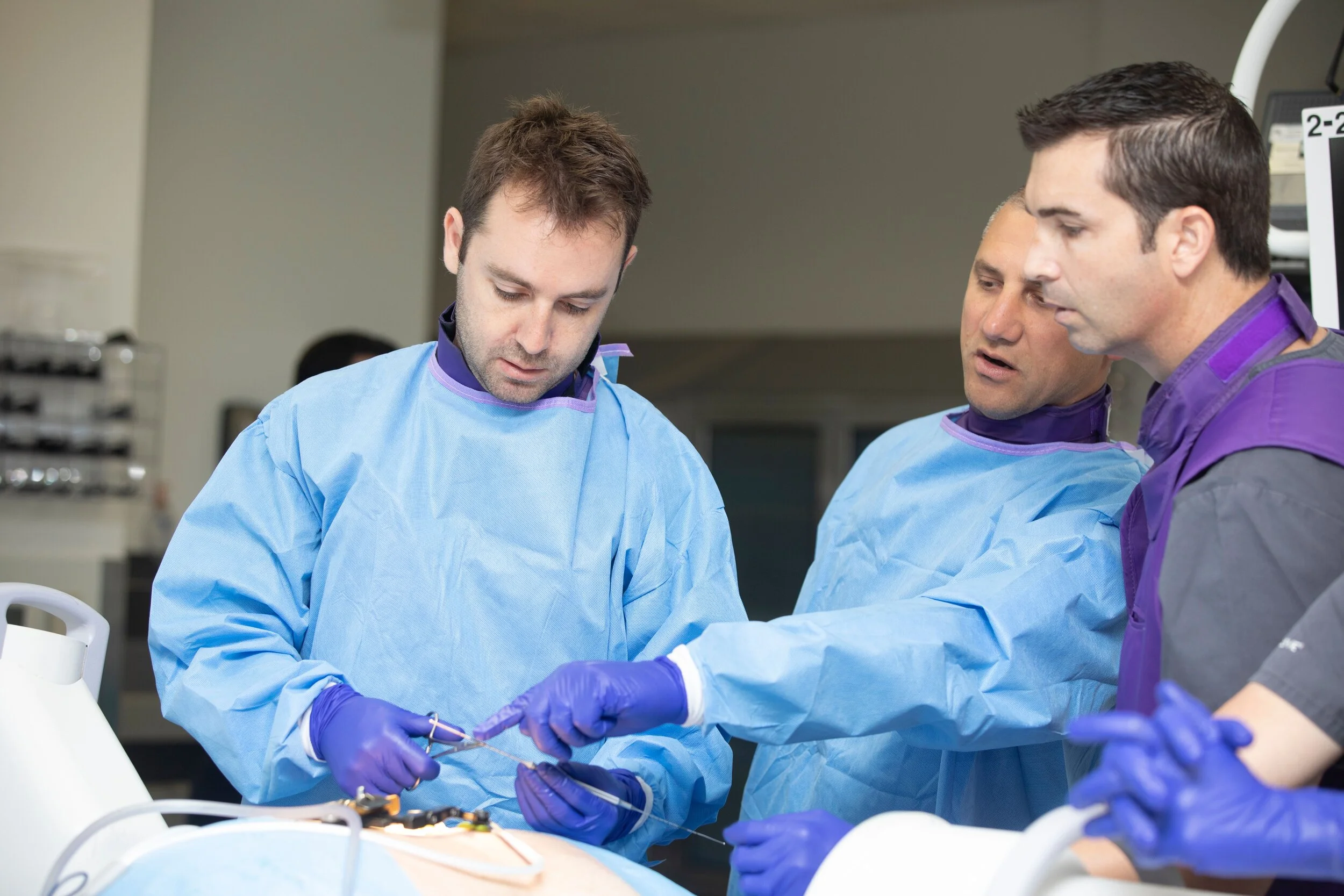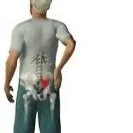This will help lead the digital transformation of spine surgery. Spine surgeons will be able to seamlessly work with various technologies to address more of the clinical challenges in surgery from a single platform.
Read More“We have come a long way with minimally invasive spine surgery, disc replacement, and safe spine surgery,” said Nitin Khanna, MD, orthopedic surgeon. “Working together [with our skilled staff] through the years has allowed for an extremely low complication rate.”
Read MoreA large orthopedic group's size and market dominance should drive contracting. However, this is not always the case. Insurance companies have gotten bolder and more hostile in their approach to providers. This has spurned the entrance of private equity into health care.
Read MoreKyphoplasty is among the treatments for a spine compression fracture. It is an effective, minimally-invasive surgery that works by repairing the collapsed vertebrae.
Read MoreRobotics allow us to perform minimally-invasive surgeries with increased safety and precision, leading to less blood loss, less post-operative pain and faster recovery.
Read MoreOutpatient surgery and fewer fusions are likely the future of spine surgery.
Read MoreResearch selected for presentation at the Annual 2021 ISASS Conference. As a surgical group, we assessed and tracked patient blood-loss in standing and recumbent spinal-to-pelvis alignment, continuing to drive innovation and best practices, at the cutting edge of minimally invasive spine surgery research, techniques and education.
Read MoreIf your bedroom, kitchen, or a designated corner of your living space has been your office for the past year, it’s possible your body is feeling the effects, especially your spine. We have now been working from home for over a year. And, as many of us know, that takes quite a toll on the back. In fact, in 2020, reported injuries to the back, hands and wrists have increased.
Read More𝐁𝐞𝐬𝐭 𝐨𝐟 𝐭𝐡𝐞 𝐑𝐞𝐠𝐢𝐨𝐧 (𝐢𝐧) 𝐎𝐫𝐭𝐡𝐨𝐩𝐞𝐝𝐢𝐜𝐬 10 years in a row, OSNI is committed to ensuring our patients receive world-class care close to home. Dr. Khanna talks about what it means to be the best.
Read MoreDid you now that when you schedule your surgery can impact how long your are in the hospital recovering?
Read More2020 was a challenging year due to COVID. But, as I have done every year, here is 2020 in-review. I look forward to caring for patients in 2021 and moving past the COVID pandemic. Thank you for your support.
Read MoreLeg pain can be intermittent or constant and can range from a dull ache to a searing, throbbing, or burning sensation. Numbness may be felt like a loss of sensation or a cold, icy feeling in one or more areas of the leg. This may be the symptom of a variety of underlying causes or conditions related to the spine, and getting a correct diagnosis is essential to informing the most effective course of treatment. That pain may be caused due to a problem in the lower back, the pelvis, or a problem that originates within the leg. Common causes of pain in one or both legs include: Spinal nerve compression or irritation, Spinal cord compression, Pelvic and hip problems, Infection, Cauda equina syndrome, Tumors and cysts. A consultation with a spine care specialist can help to determine if your leg (or arm) pain is indicative of a spine injury, a nerve injury or both.
Read MoreNeck pain is common. In fact, it’s in the top five pain disorders in the United States! And, in most cases, your pain is entirely preventable — by adjusting posture and avoiding the dreaded tech neck.
Read MoreBack pain is classified as acute, subacute or chronic. Acute back pain lasts less than a month, subacute lasts last over a month but less than 3 months, and chronic lasts over 3 months. If your pain lasts longer than 3 to 5 days, you should see a doctor to diagnose and treat the pain. But what is the difference really?
Read MoreIf you have suffered an injury at work, follow your company’s protocol for reporting it. You will likely have to report it to a supervisor within 30 days of your injury. Your supervisor will file a workers’ compensation claim and then you can seek treatment. Choose a provider who takes workers’ compensation claims so you won’t have to pay out of pocket. Then, you can begin healing and rehabbing your injury.
Read MoreDuring elective surgery, the safety and security of the patient is our first priority. We must ensure patients who are already in the hospital, and caregivers, are not negatively impacted during elective procedures.
Read MoreDr Nitin Khanna presented his data at the Society for Minimally Invasive Spine Meeting 2020 on radiographic results with use of an expandable minimally invasive lumbar fusion device. The paper discusses the importance of minimally invasive cage position and presents a classification system to evaluate correct placement. His clinical results demonstrate 100% of cages placed in the A or B position.
Read MoreWith SI joint dysfunction and low back pain are common in the worker’s compensation claims Dr. Khanna assessed 15 work comp patients were accessed for return to work timeframe.
Read MoreThere have been many previous studies looking at the placement of freehand standard trajectory pedicle screws, compared with robotic navigated placement. But, this is the first paper that has looked at revision rates for malpositioned cortical screws.
Read MoreI see myself and my staff as your partner in a worker’s compensation, navigating the complex requirements of the industry. I have a dedicated Workers’ Compensation team that is ready to assist in making the injury and claim management process as smooth as possible. And I know worker’s comp means questions! Here are a few common ones my patients ask.
Read More


















